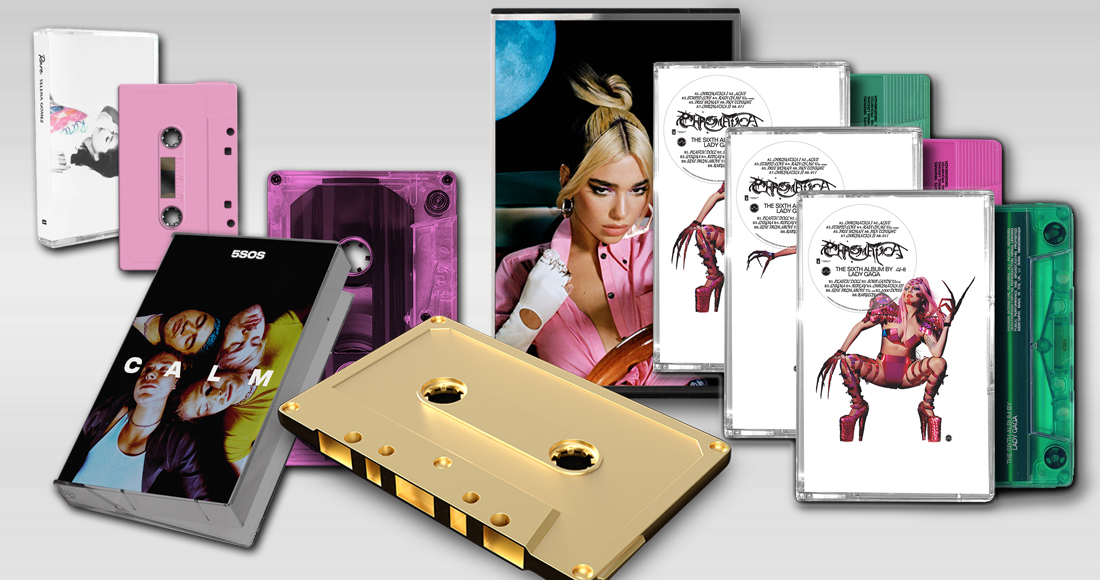A few years ago I purchased a record player. The purchase shocked my baby boomer parents as they were confused on why their Gen Z daughter was ditching her iPhone and AirPods for old A and B sides. However, upon receiving the record player I began to gather a collection of vinyl that spanned Creedence Clearwater revival to Taylor Swift.. Upon seeing my parent’s shock, I began to show them that record players weren’t for the 20th-century melodies, it was becoming a music medium for new and old music consumption. Recently I surprised my 1980’s-DC-Punk-scene father by borrowing his cassette player to listen to a 2020 album I had bought on cassette tape. However, I am not the only 2000’s baby who is listening to my favorite artist on physical manifestations, it is a growing trend spanning the 14-year-old Olivia Rodigo fans to late 20s One Direction fans.
Cassette Tapes
A new addition has emerged on artists’ online merch shops. Cassette tapes. From Dua Lipa to Harry Styles to Olivia Rodrigo, the rectangular boxes are the hip new collector item. Furthermore, the boxes are decorated with unique stickers and hued plastic to elevate the aesthetic appeal of the tapes. And while the convenience of an iPhone and headphones cannot be beaten, there are numerous websites selling portable cassette players. Stores that are frequented by the under 25 crowd, such as Urban Ourfitters, are stocked with cassette players in numerous colors for purchase. The vast option of cassette player colors and artists’ clear attention to cassette case design represents the aesthetic importance of the cassette tape.
Records
Last week on April 23 crowds of patrons lined up outside record stores around the United States. Across the 50 states, reports began to emerge that a large chunk of buyers were young people. This news came as no surprise to those that have been watching the upwards trend in Gen Z record collectors. Most artists these days release vinyl copies of the albums. Artists like Maggie Rodgers, Taylor Swift Bullie Eilish, and Lizzo have partnered with Target to make vinyl with exclusive colors or covers that are only sold through Target. Major corporations like Target actively promoting and selling out exclusive vinyl is one piece of evidence to support the claim that records are back for 21st century Top 40.
So why is this happening? While there’s no clear answer, I have a few theories. Anti-vax discourses have caused artists like Joni Mitchell and Neil Young to pull their music off the top streaming platform, Spotify. Furthermore, streaming platforms give little money to the artist for the number of plays listens to. These two issues with digital platforms could be at the root of the turn to physical copies of music. When a consumer buys a cassette tape or record, they are buying straight from the artist, cutting out any streaming platform conflicts. In an age where money and cooperative responsibility merge closer and closer, buying from the artist becomes a more promising avenue for music consumption. Beyond the financial and morality theory, is the aesthetic theory. A quick look at social media trends will show that influencers have been promoting the aesthetic of records and cassette tapes. From room tours to outfit inspiration, the aesthetics of 70s florals and 90s mom jeans are back. To further fit the popularization of the 70s and 90s is the promotion of the music consumption styles of these decades.
